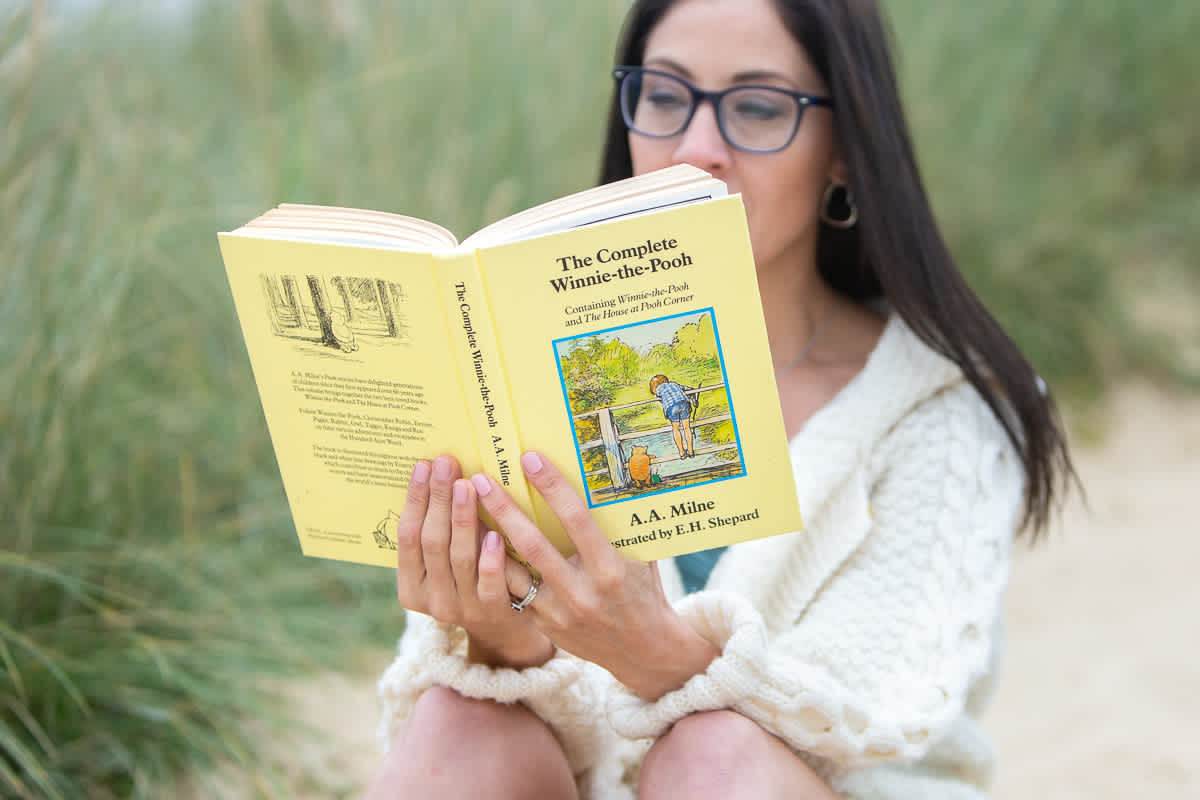
Why I started this blog
A brief explanantion for how my Winnie the Pooh units came to be.
I am Nadia, founding Director of Destino Coaching. I coach school leaders and support them to have positive influence in their communities. I have been a teacher for over 20 years and I love planning learning sequences. I am also Mum to two teenagers, both of whom have a diagnosis for ASD.
Since leaving headship, I have supported many teachers and leaders with strategies for supporting young people with neurodiversity diagnoses, in mainstream settings. I have had a number of requests to share my insights into autism and so have created this blog space to be able to do that, as well as other things (watch this space!). I truly hope it can be of use to a wider audience.
I had the idea for the Winnie the Pooh units when working with a primary school teacher, who wanted to find ways of normalising neurodiversity in her classroom. I read James Sinclair’s blog in 2018, Was Winnie-the-Pooh Created to Raise Awareness of Autism?, in which he writes '… a case can certainly be made for diagnosing many of the characters in Winnie-the-Pooh with certain disorders, e.g. Piglet for Anxiety, Pooh for Eating Disorder, Rabbit for Obsessive-Compulsive Disorder, Owl for Dyslexia, and Eeyore for Depression.' He goes on to make a case that Pooh has autism. This was illuminating for me. Like many others, I re-read the wonderful stories and had an even more magical experience than first time round. A.A. Milne makes it acceptable to be different!
For the teacher I was working with, the biggest barrier she found for her pupils with ASD was their lack of confidence to be different – this led to deregulated behaviors, masking and poor academic outcomes. So we explored ways to inject difference into her curriculum. This is when my Winnie The pooh English units were born. I have now made them available for anyone who would like to use them.
This is the unit overview that shows how the skills are plotted out, while developing awareness of the various ‘diagnoses’ of the characters in the stories. All the resources and additional reading texts are supplied with the reading unit and the writing has three weekly plans and a model text.

Next month I will be writing about how to support young people with ADHD in the mainstream classroom.
Signup through the link below for more blog posts and my newsletter: https://mailchi.mp/3ea47faf06e0/h1rtvyb3sz